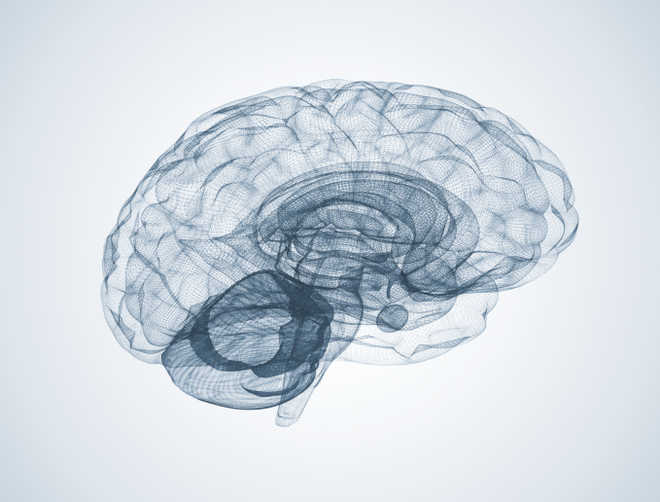
Photo source: Thinkstock
Washington
Patients with fibromyalgia have brain networks primed for rapid, global responses to minor changes, a study has found.
This abnormal hypersensitivity, called explosive synchronisation (ES), can be seen in other network phenomena across nature, according to the study published in the journal Scientific Reports.
Researchers from the University of Michigan in the US and Pohang University of Science and Technology in South Korea report evidence of ES in the brains of people with fibromyalgia, a condition characterised by widespread, chronic pain.
"For the first time, this research shows that the hypersensitivity experienced by chronic pain patients may result from hypersensitive brain networks," said Richard Harris, from the University of Michigan.
"The subjects had conditions similar to other networks that undergo explosive synchronisation," Harris said.
In ES, a small stimulus can lead to a dramatic synchronised reaction in the network, as can happen with a power grid failure (that rapidly turns things off) or a seizure (that rapidly turns things on).
This phenomenon was, until recently, studied in physics rather than medicine. According to the researchers, it's a promising avenue to explore in the continued quest to determine how a person develops fibromyalgia.
"As opposed to the normal process of gradually linking up different centers in the brain after a stimulus, chronic pain patients have conditions that predispose them to linking up in an abrupt, explosive manner," said UnCheol Lee, from the University of Michigan.
"These conditions are similar to other networks that undergo ES, including power grids," Lee said.
The researchers recorded electrical activity in the brains of 10 female participants with fibromyalgia. Baseline EEG results showed hypersensitive and unstable brain networks, Harris said.
Importantly, there was a strong correlation between the degree of ES conditions and the self-reported intensity of chronic pain reported by the patients at the time of EEG testing.
They used computer models of brain activity to compare stimulus responses of fibromyalgia patients to the normal condition.
As expected, the fibromyalgia model was more sensitive to electrical stimulation than the model without ES characteristics, Harris said.
"We again see the chronic pain brain is electrically unstable and sensitive," Harris said.
Since ES can be modeled essentially outside of the brain or in a computer, researchers can exhaustively test for influential regions that transform a hypersensitive network into a more stable one.
These regions could then be targeted in living humans using non-invasive brain modulation therapies. PTI



























